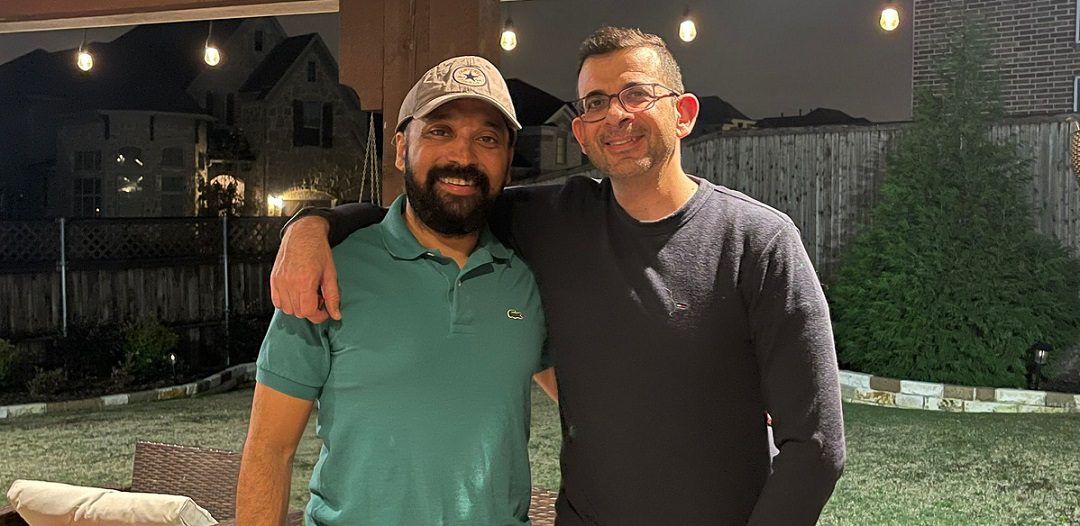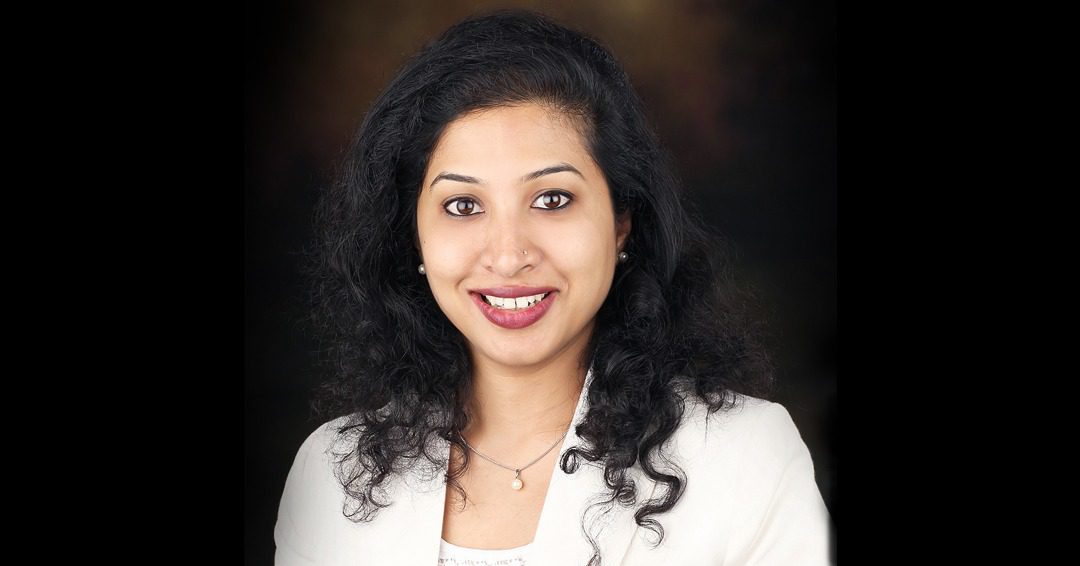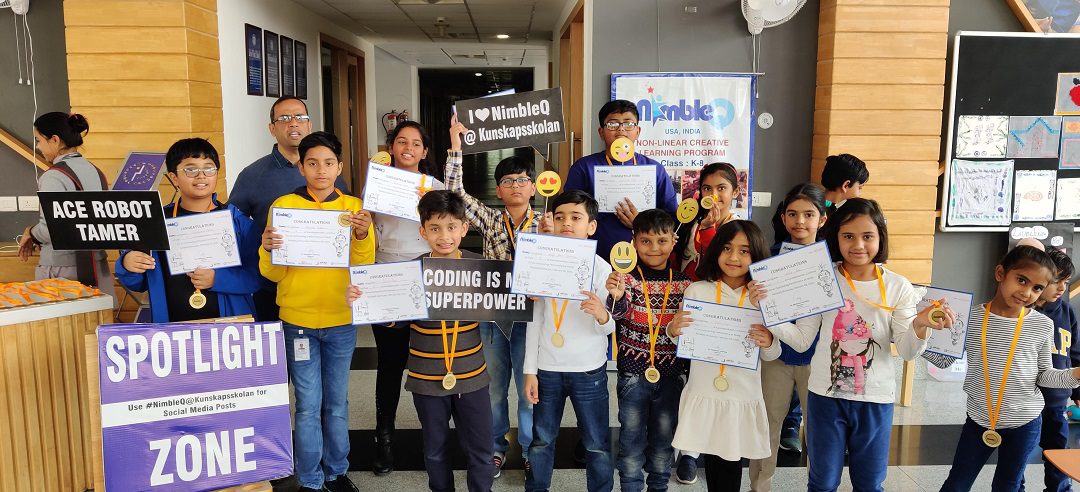(December 21, 2021) When it comes to mapping in the times of technology, this IT head honcho is right at the crux of innovation. With everything being digitally mapped today, the reliance on geospatial mapping is of prime importance and Bobbie Kalra, founder Magnasoft has his fingers on the pulse of an industry that is set to grow Rs 63,100 crore by 2025. The Indian entrepreneur has given the geospatial industry cutting-edge technology and services with Magnasoft, which is among the leaders in this space.
The ambitious India-based digital geospatial information specialist has been shaking things up for quite some time now with his intelligent 3D models to enable informed decision-making for all kinds of applications. From first helping Bengaluru increase property taxation by 100 percent to having worked across 72 countries in the areas of architecture, utilities, high-tech space, infrastructure, and telecom projects, Kalra has come full circle since his first venture back in 1995.
Vegetation management & analysis remains a challenge for power utilities. Here's a glimpse of the issues and possible solutions.https://t.co/NcD1TFYha9#utilities #energy #powerlines #vegetationmanagement #geospatial #mapping
— Magnasoft (@magnasoft) April 15, 2021
The engineer from Bangalore
Born in Bhopal, Kalra moved to Bengaluru when he was less than a year old as his father worked with BHEL. After schooling at Baldwin’s Boys High School, he did his mechanical engineering from Bangalore University in 1994. “This was the age of the new tech entrepreneur and I was hugely inspired by the success of Infosys. I wanted to do something on my own,” recalls Kalra, who then began helping his sister and her husband with the St Marks Business Centre. “I would help them with design when I was still in college. It was here that I learnt the fundamentals of working with debit and credit.”
As his engineering course, he launched his own company in the services line. So, in 1995 he rented office space at St Marks and launched the St Marks CADD Services after obtaining a bank loan. “Around that time a lot of old engineering drawings were being digitised and I jumped onto the bandwagon. I got my first break with Tata Consulting Engineering and that set the ball rolling. We would digitise drafts and also engineer design and details,” says Kalra, who grew the team from a single member company to a team of 80 engineers.
A course in executive education and disruptive strategy at Harvard University, the world of mapping is his oyster.
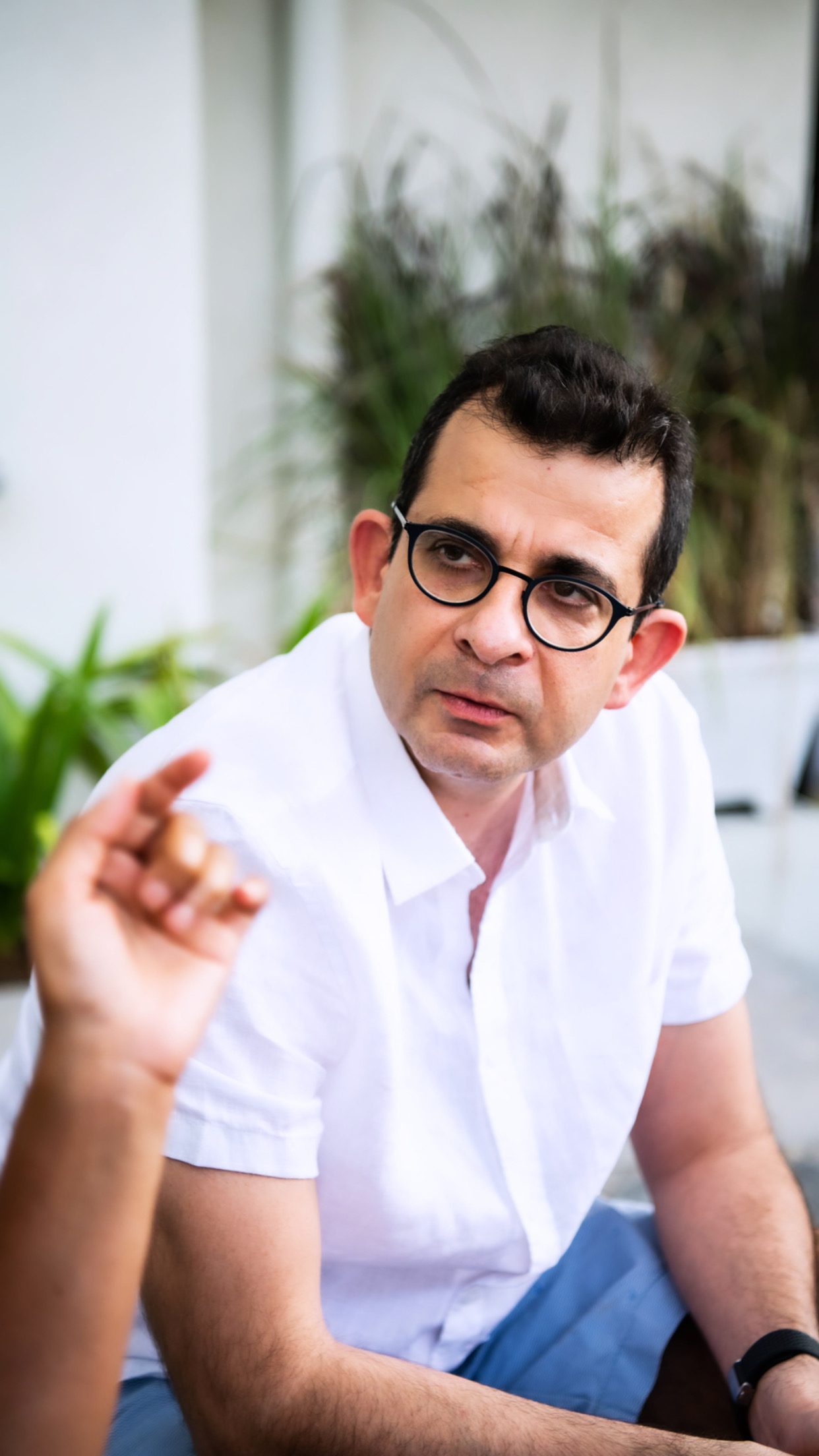
Mapping forth
Their next break came with projects for Kyga nuclear power plant, Bosche and other architects. In 1996, they landed a contract with Chicago Computerised Facility Integration (CFI). “They had a huge contract with AT&T and were looking for a company to work on the offshore model. We landed the deal and would work on the UNIX system when modem speeds were around 14kbps. We would go to the VSNL office to upload large files,” he smiles of a simpler yet tougher IT era.
Following the telecom bust CFI pivoted its model to focus on geospatial mapping. Soon Kalra’s company followed suit. They bought the first few licenses for the SIM software and turned their focus to the field of GIS. In 2000, Kalra founded Magnasoft by merging St Marks CADD Services and raised VC funds from Global Technology Ventures, the VC arm of Café Coffee Day Group. “Around this time the government changed in Karnataka and was looking to create a geospatial map of the Bangalore. We were invited to show how GIS could improve Bangalore city. So, while most other companies focused on power point presentations, what we did was focus on the heart of the municipal system: property taxation,” he tells Global Indian.
Within a week Kalra and his team came up with a property enumeration programme; they mapped a small area of the city (Richmond Town area), and conducted a survey keeping all the parameters that influenced taxation in mind. Magnasoft landed the contract and soon it was helping Bangalore increase its taxation by 100 percent.

Bobbie with his family
Pivoting the business
Like any entrepreneurial journey, Kalra’s was also speckled with challenges. But the company’s agility and Kalra’s foresight to pivot as per the need help them not just stay afloat but also grow slowly but steadily. After the dot com crash, Magnasoft began looking at markets abroad and invested directly in US sales. “Ever since, it has been a journey of accruals and reinvesting,” says the entrepreneur who moved to the US in 2002 to expand his business and focus on fundamental growth and cash flows.
Soon they had a presence in over 72 countries such as North America, Europe, Latin America, Australia, Middle East, Africa and New Zealand. As the market began opening up to GISM, Magnasoft too began to cause a disruption in the space. By 2008 though, Kalra moved back to India and
continued to shuttle between the US and India to work on his business. “Today, we’ve chosen to focus only on a few verticals such as utilities, communications, telecom, vegetation management for power lines, high tech, and infrastructure. We’ve also pared down our operations to just a few markets like North America, Scandinavia and UK apart from a few large enterprise deals in India,” says Kalra, who is now focused on direct sales and hiring talent for leadership roles in the US and UK.
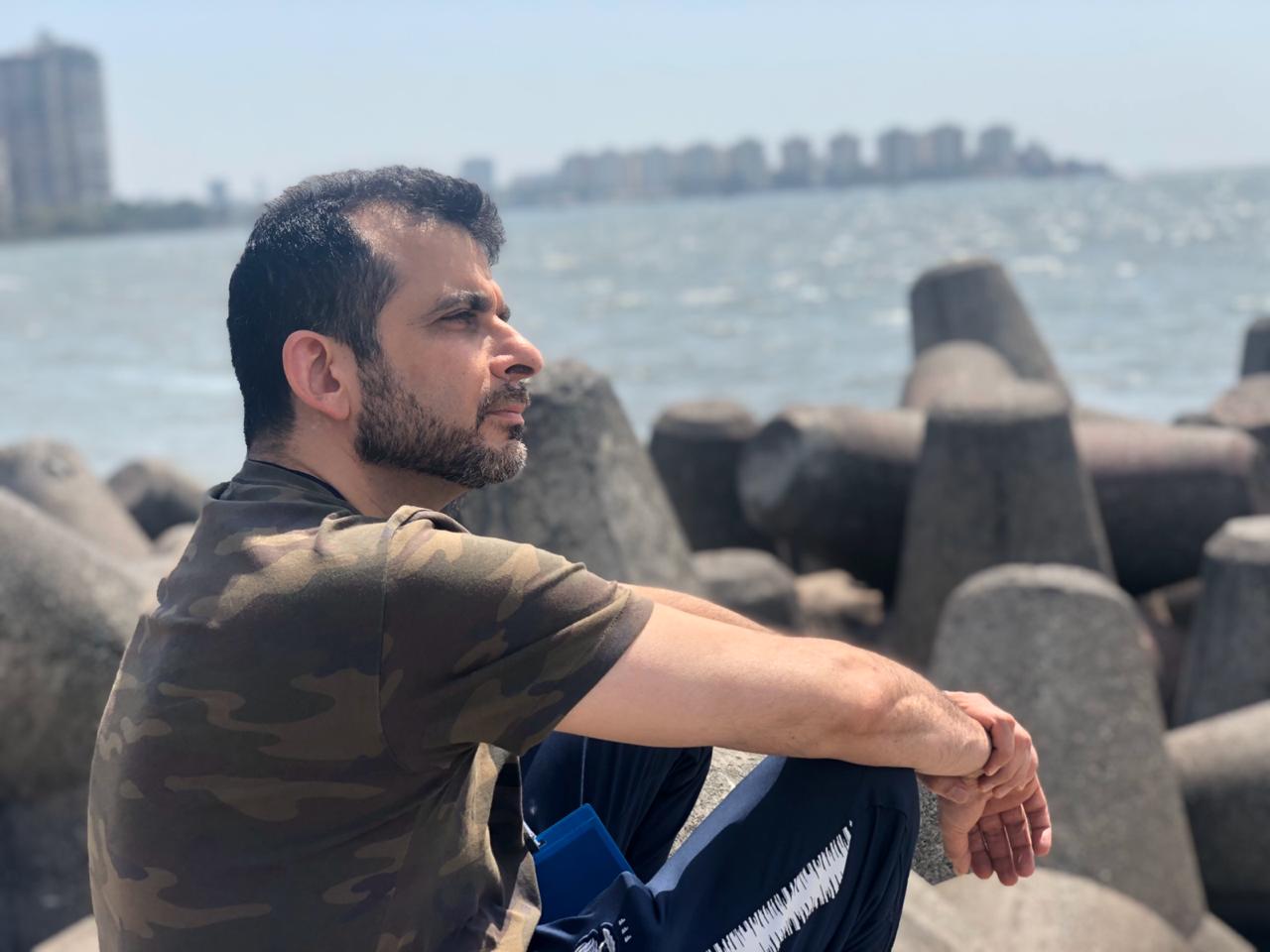
On the growth path
The company has also brought on board directors and advisors: Phaneesh Murthy, Abraham Mathew, Rajeev Kuchal, and Bhupinder Singh. “The board has been instrumental in helping us focus on a few strong points and strengthen our presence in those areas. The pandemic, of course, had thrown us off path for about a month, but the company was agile enough to get back on track within 30 days. Our staff was all working from home and we managed to put in space systems and security practices to ensure that work continued regardless,” says the agile entrepreneur, who typically begins his day 4 am.
What keeps him going is his love for mapping and the fact that he enjoys visualisation. That apart, Kalra also has a love for theatre and has in the past portrayed small roles in several plays, including Girish Karnad’s Crossing to Talikota. “Due to time constraints, I don’t take on any big roles, but I’ve loved essaying small roles and working on the back-end. I’ve also acted in a Kannada serial,” says the man, who has worked with theatre artistes like Arjun Sajnani, Munira Sen, and Ashish Sen.
On the weekends, jam sessions where he plays the guitar and percussion instruments is his energizing time. Incidentally, Kalra was a drummer back in his college days. That apart, he also believes in giving back to the community he lives and works in and is an active member of the Bangalore Round Table. “We have worked towards helping educate over 3 million children through the Freedom Through Education programme and during the pandemic we also worked towards procuring and distributing oxygen concentrators,” says the multi-faceted Kalra.
Incidentally, Bobbie, had also launched an ingenious app in Mumbai to protect children commuting to and fro from school. The app, Northstar was designed for both parents and school authorities to keep an eye on their children in real time. At heart, disruption is key to his goals, even as he takes time to give back to society, albeit tech wise.

